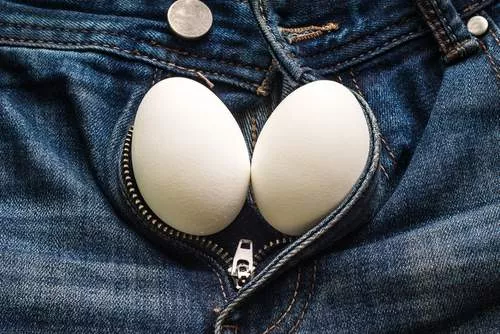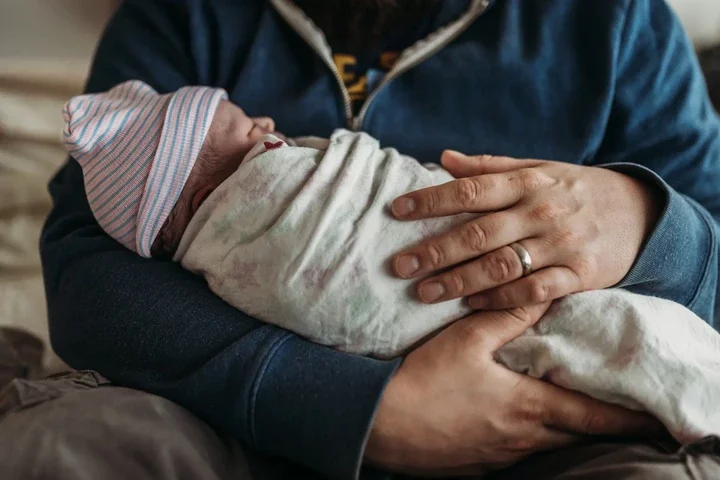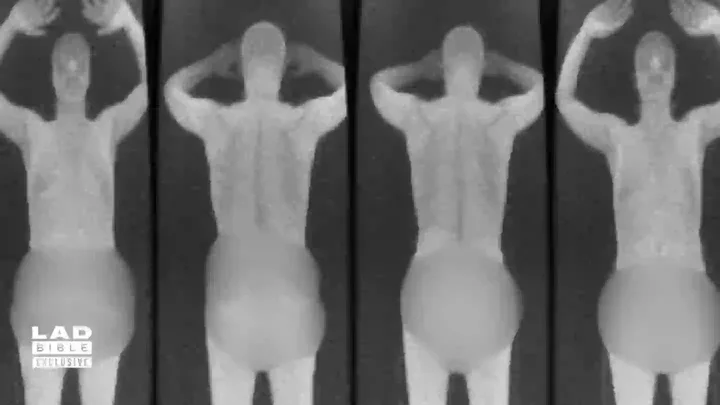
If you have balls, also known as testicles or testes, you may have noticed that they tend to shrink - or 'get smaller,' during cold weather. Well, you are not alone, other testes owners experience it too. But why does this happen? Is it normal?
If there's something that men care about when it comes to their body is what's below the belt. Lots of questions and concerns are often about their penis, balls, overall health, and sexual performance.
Shrinking testicles can be a major cause of concern in young males. Growing up, boys tend to have a conversation about their balls getting larger or smaller than usual sometimes. When this happens, there is a temptation to feel the balls with the fingertips to confirm the changes.
The male balls can either shrink or dangle down at different times depending on the weather. The rate at which sperms are manufactured in the testes takes place optimally at a temperature that is 1 degree Celsius below the normal 37 degrees Celsius.
So at about 36 degrees Celsius, the scrotum dangles down to keep the balls a little cooler than body temperature.
When it becomes colder, the balls retract. Males have an envelope around the testes in the scrotum called the cremaster muscles. The cremaster muscles are responsible for a reflex called cremaster reflex which, when cold, shortens to bring the balls up closer to the body to get some warmth.
Interestingly, the balls can also move up the body when scared. When one is terrified, the balls are elevated to keep them out of any harm that might come their way.
So, through the cremaster reflex, a male can bring the balls closer to the body when the weather is cold and can drop them to hang loosely when it is hot to keep the temperature ideal for manufacturing the sperms. When it becomes warmer the balls dangle a bit further.
It is, however, important to check the size of your balls, and if you feel that they are way smaller than they should be, see a doctor. This can be testicular atrophy which causes shrinkage of one or both testicles. Shrinking of balls should not be confused with testicular atrophy.
The signs to look out for before puberty include failure to develop secondary sexual characteristics such as facial hair, pubic hair, or larger penis size. After puberty, testicular atrophy symptoms can include infertility, softer testicles, absent or reduced pubic hair, and decreased sex drive.

















Comments